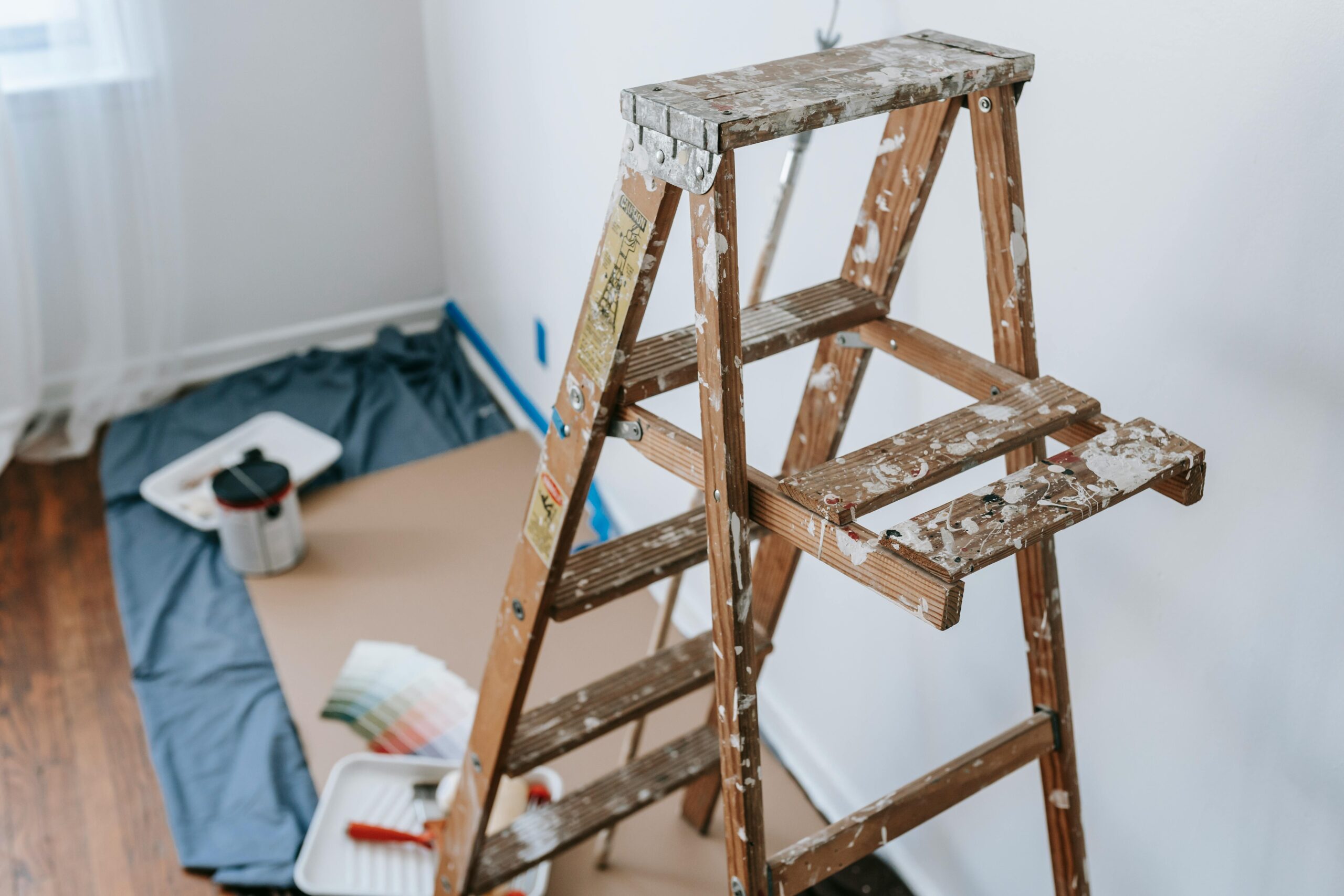Selling any home can be a challenge, but when it comes to bi-level houses—also known as split-level homes—it takes a little extra strategy to stand out in the market. These homes are often unique in layout and appeal, and with the right preparation and marketing tactics, you can sell a bi-level home faster and for top dollar.
In this guide, you’ll find proven tips to attract the right buyers and highlight the features that make bi-level homes special.
Understand Your Audience
The first step in selling a bi-level home quickly is understanding who your ideal buyer is. Bi-level homes often appeal to:
- First-time buyers looking for more space at an affordable price
- Multigenerational families who want separation between living areas
- Buyers seeking a home with character and a non-traditional layout
Knowing your audience helps you tailor your marketing message. Emphasize benefits like separate living areas, lower energy costs, and functional layouts that support flexible lifestyles.
Highlight the Layout with Great Staging
One of the most unique features of a bi-level home is its layout: usually, you walk into a landing with a short staircase going up and another going down. This can confuse buyers if not staged thoughtfully.
Staging Tips:
- Use signage or subtle cues to help buyers understand the flow of the home during open houses.
- Define each level clearly. For example, stage the lower level as a cozy den, guest suite, or home office.
- Maximize natural light to open up spaces, especially in lower levels, which can feel darker.
- Use neutral colors and minimalist decor to make rooms feel larger and more versatile.
Boost Your Curb Appeal

First impressions matter. Many bi-level homes were built in the 1960s–1980s and may have outdated exteriors. Invest in a few high-ROI updates:
- Modernize the front door and house numbers
- Add symmetrical landscaping to create balance
- Upgrade the garage door for a quick facelift
- Repaint or power-wash siding and trim for a clean look
Professional Photography is a Must
Because of their unconventional layout, bi-level homes don’t always photograph well—especially when DIY shots are used. Hiring a professional real estate photographer ensures that:
- Room transitions are clearly shown
- Natural light is maximized
- Odd angles or split levels are made more appealing
Include a floor plan in your listing to help buyers visualize the flow. If possible, offer a virtual tour to make the home more accessible.
Price It Right from Day One
Pricing a bi-level home can be tricky. Because they’re different from traditional single-story or two-story homes, appraisals and comps may vary. Work with an experienced real estate agent who understands the local market and how to price unique homes effectively.
Overpricing your bi-level will stall your sale. A fair, competitive price will draw in more showings and offers faster.
Tell the Story in Your Listing
Your MLS listing and online descriptions are key to generating interest. Use them to educate and inspire potential buyers. Be sure to include:
- The benefits of the layout (privacy, flexibility, dual living areas)
- Recent upgrades or energy-efficient improvements
- The lifestyle the home supports (home office, separate teen or guest space, etc.)
And don’t forget to incorporate relevant keywords. A good example: “Wondering what is a bi-level house? This beautifully updated split-level offers space, functionality, and character in one unique package.”
Make Key Repairs Before Listing

Buyers are more cautious with split-levels because they often expect more maintenance. Fix anything that could raise red flags, such as:
- Drafty windows in the lower level
- Outdated paneling or dark paint
- Worn carpets or dated flooring
- Basement moisture or musty odors
A pre-listing inspection can help uncover issues before buyers do, saving time and negotiation headaches later.
Work with an Agent Who Gets It
Not all agents are comfortable marketing bi-level homes. Choose one with experience selling similar properties, who knows how to:
- Price based on unique layouts
- Create compelling, layout-aware listings
- Target the right buyers with smart advertising
Final Thoughts
Selling a bi-level home doesn’t have to be difficult. With the right staging, pricing, and marketing, you can highlight the layout’s versatility and charm. Whether it’s maximizing your curb appeal, using strategic photography, or simply educating buyers about what is a bi-level house, each small step helps your home sell faster—and smarter.

